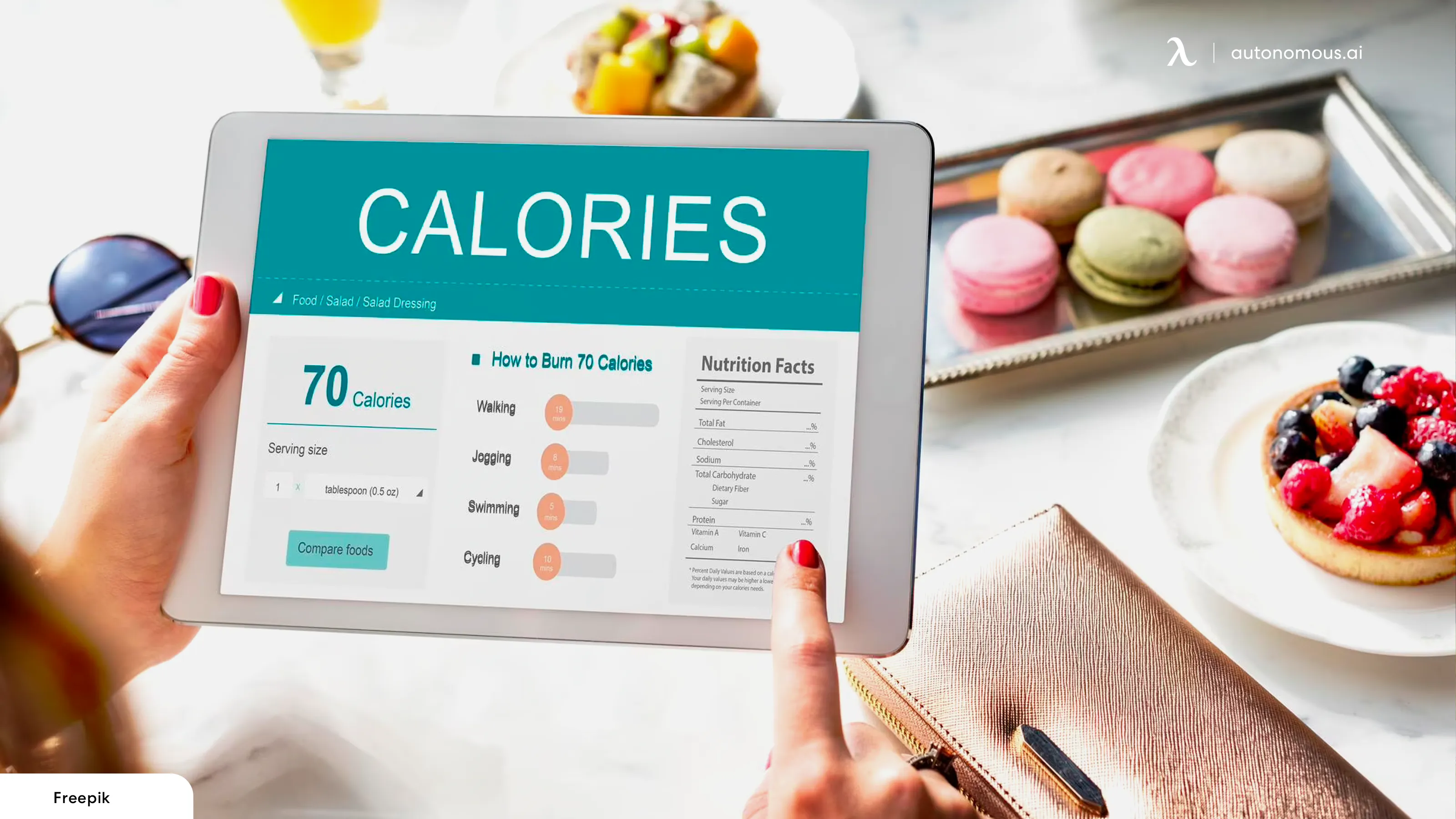
Exploring Differences Between Active Calories vs. Total Calories
Table of Contents
Calories are simply a unit of measurement that will determine the amount of energy your body expends during physical activity and the energy content of the food you eat. There are different types, and you’ll learn about them both in this article on active calories vs. total calories.
Each one serves a different purpose, so it’s crucial to understand what they are to help you manage your overall health, fitness goals, and weight. Before you rush out to get an ergonomic adjustable desk, learn about total vs. active calories.
Here's a table highlighting the differences between active calories and total calories:
| Criteria | Active Calories | Total Calories |
|---|---|---|
| Definition | Calories burned through physical activity and exercise | Sum of all calories burned in a day, including basal metabolic rate (BMR), digestion, and physical activity |
| Measurement Focus | Only considers calories burned during intentional movements and exercises | Includes calories burned through all bodily functions, daily activities, and exercise |
| Components | Exercise, sports, walking, running, cycling, etc. | BMR (calories burned at rest), thermic effect of food (TEF), and active calories |
| Tracking Devices | Fitness trackers, smartwatches, exercise equipment | Fitness trackers, smartwatches, health apps that calculate BMR and add active calories |
| Purpose | Helps in understanding the calories burned specifically from activities | Provides a comprehensive view of daily energy expenditure |
| Usefulness | Useful for tracking exercise intensity and workout effectiveness | Useful for managing overall energy balance and weight management |
| Calculation Example | Calories burned during a 30-minute run | BMR (resting calories) + calories burned during digestion + active calories |
| Typical Users | Athletes, fitness enthusiasts, individuals tracking workout performance | Individuals tracking overall caloric intake and expenditure for weight management or health reasons |
| Influence Factors | Type, intensity, and duration of physical activity | Age, weight, height, gender, muscle mass, activity level |
| Accuracy | Can be estimated but varies with device accuracy and activity type | More comprehensive but depends on accurate BMR and activity tracking |
What Are Active Calories?
The active calories are the ones you burn during exercise and physical activity. You could walk, cycle, run, swim, or use any form of exercise that will raise your heart rate and shed calories.
Traditionally, active calories are what you intentionally burn during your workouts and physical activity. It’s typically the measurement recorded by exercise machines and fitness trackers that monitor your biological data, such as heart rate and steps you’ve taken.
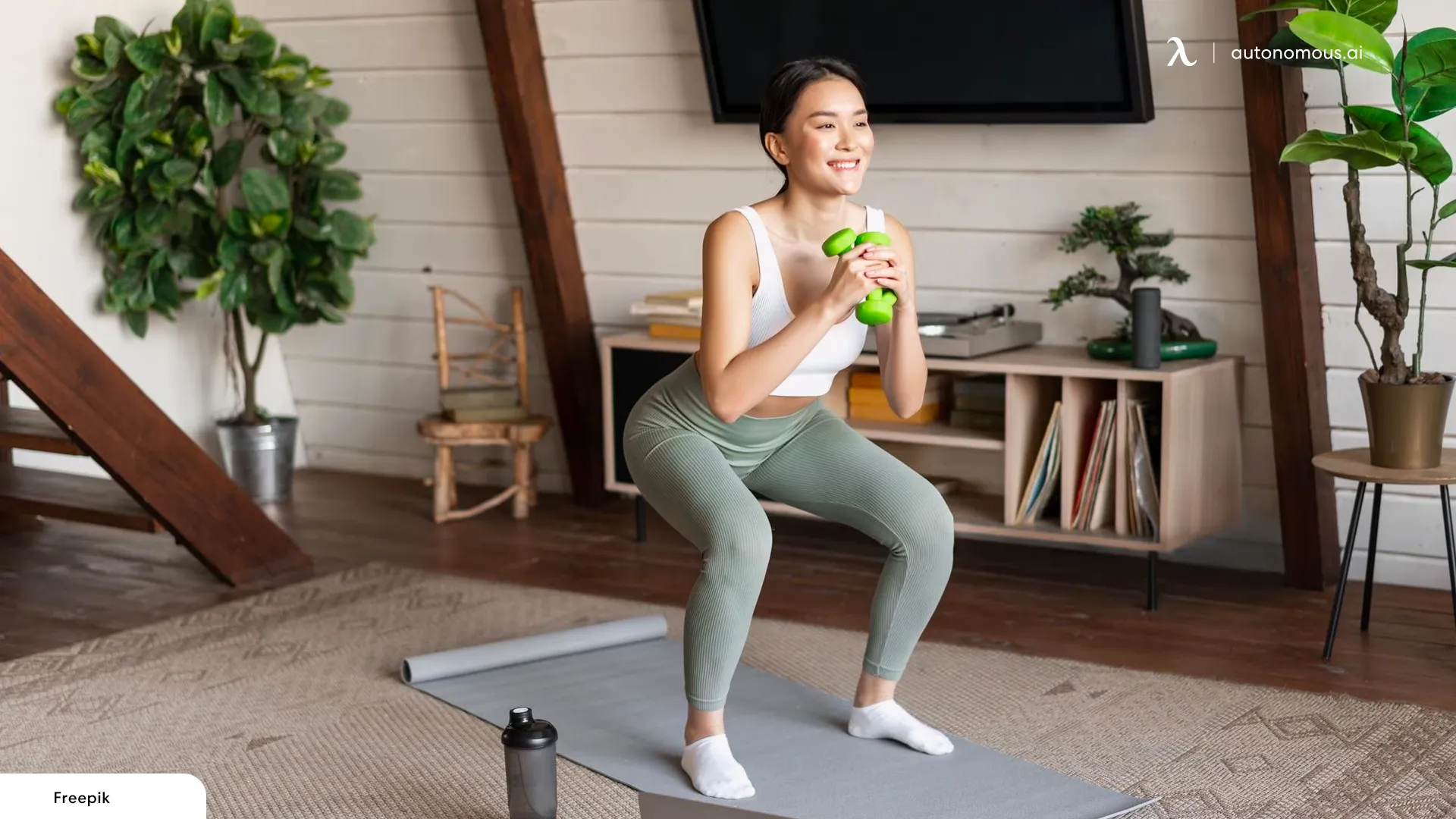
What Are Total Calories?
Alternatively, total calories are the total number of calories you burn throughout your day, which includes resting and active calories. Resting calories are what you burn during routine bodily functions, such as maintaining your body temperature, digesting food, and breathing. You get the resting calorie burn even when you aren’t engaged in any physical activity.
In a sense, total calories give you a comprehensive picture of how many calories you burn during the day, which includes periods of rest and physical activity.
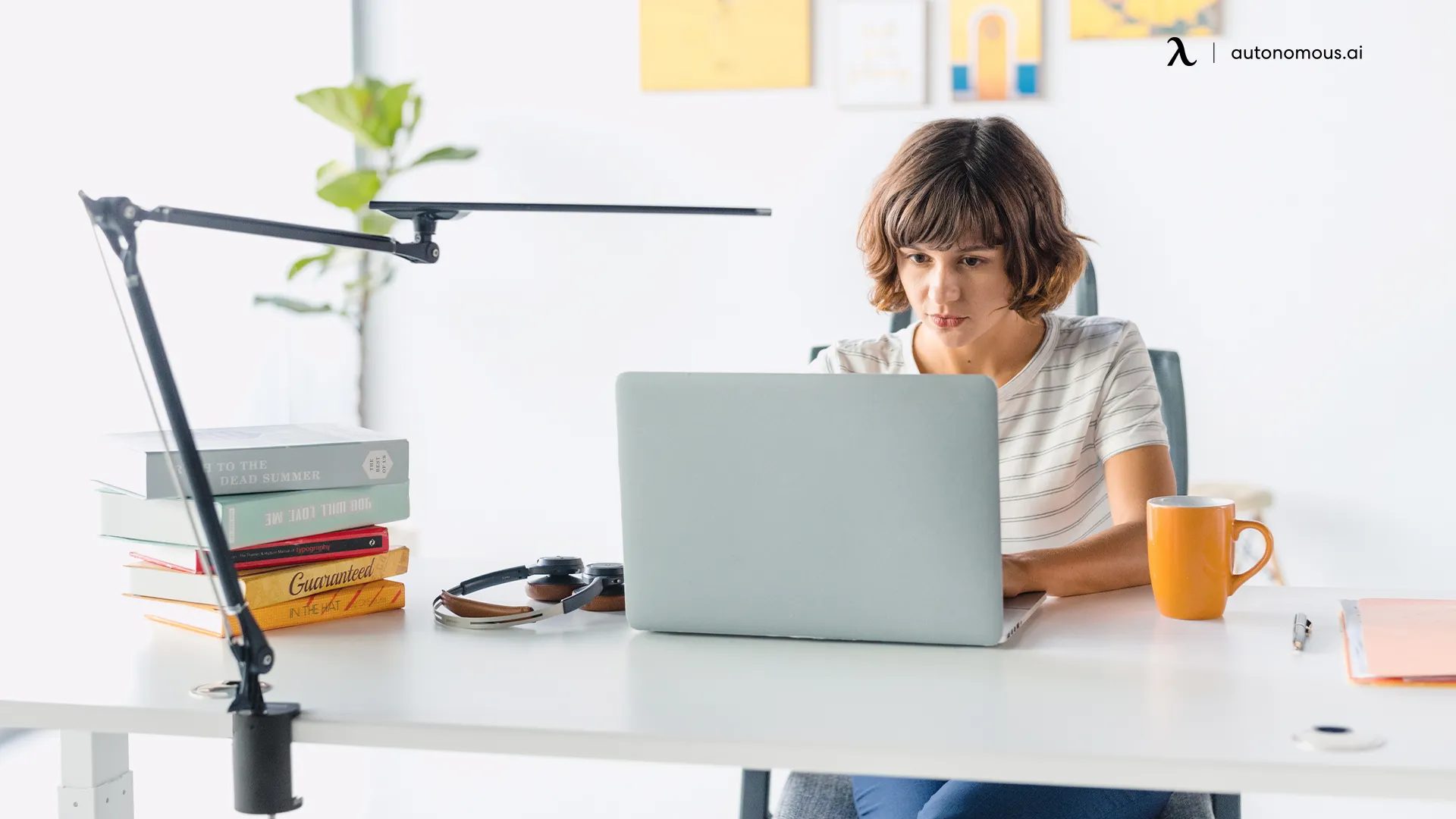
Differences Between Active and Total Calories
What’s the difference between active and total calories? There are variations between active vs. total calories, and it’s important to understand what they are so that you know how much energy you’re expanding throughout your day.
In fact, the information can create an accurate picture of your caloric expenditure and intake, which will help you with overall health and weight management.
If you’re trying to lose weight, you’ll probably focus more on active calories by boosting your physical activity. Have you wondered: does standing burn calories? It does, and it’s part of the active calories list.
However, you must also pay attention to how many calories you consume and expend each day to get the results you want. When you track total calories vs. active calories, you’ll understand the relationship between expenditure and intake so that you can adjust your lifestyle habits correctly.
Likewise, when you understand the difference between active and total calories, you’ll be able to set your fitness goals and achieve them. For example, if you wish to boost your activity level each day, you may focus on burning a specific number of calories daily. The calories burned standing vs. sitting can be much higher!
However, you also have to track your total calorie expenditure. Otherwise, you won’t be aware of all the additional calories you burn while at rest.
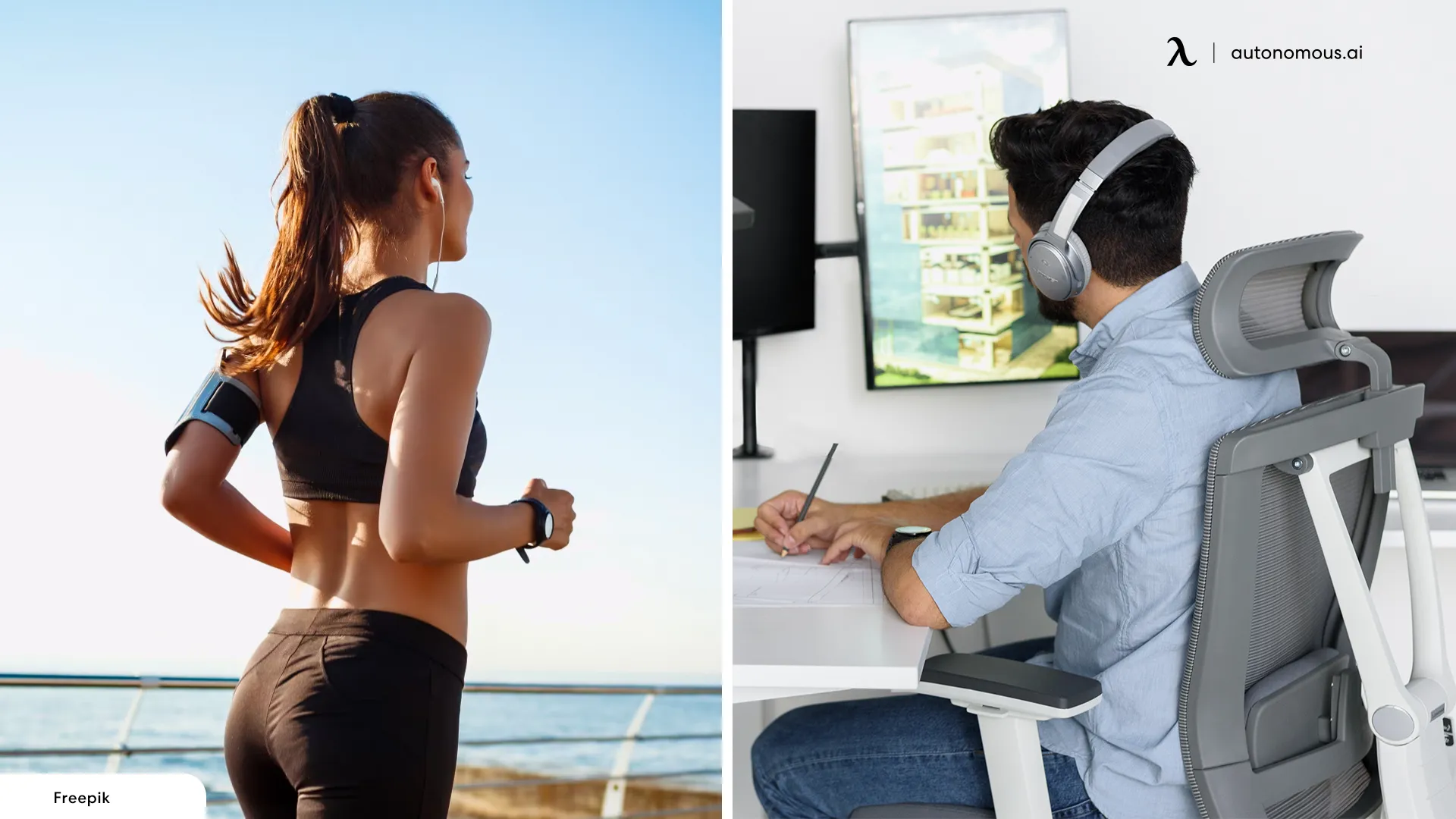
Tips for Using Your Apple Watch to Track Calories
Do you own an Apple Watch? It could help you keep track of total calories vs. active calories based on your weight, height, age, activity level, heart rate, and gender.
If you wish to choose the type of calories you track on your Apple Watch, you’ll follow these steps:
- Open the Watch App on your iPhone and tap the Workout tab.
- You’ll be in the workout view area, which is where you choose your metrics based on the training type. Personalize it in whatever way you like.
You’ll see your track total calories vs. active calories on the Apple Watch. The movement ring is red and shows the active calories you’ve burned that day. Your goal is to reach the daily movement objective each day, so you can walk, run, jump, do online workouts, or visit the gym to close that ring.
If you tap the ring, you’ll see your active calories, total calories, and the movements you’ve completed and when.

How to Burn More Calories at Work?
Most people think they must work out for longer periods to burn more calories. While this will definitely help, it’s often unsustainable for many because they don’t like exercise or don’t have enough time to do it. However, if you’ve got the means and enjoy it, go for it!
Overall, many people focus on HIIT (high-intensity interval training) to boost their calorie burn. With HIIT, you’ll burn more calories in a shorter amount of time. Typically, it takes only 30 minutes of training. However, you will burn more calories after the workout! Studies show that it could be up to 38 hours.
Called the after-burn effect, you’ll notice that your body requires more energy to come back to its resting state after an intense workout. However, it also has to use the energy to repair muscles and re-oxygenate the system, allowing your body temperature to return to normal.
Getting an L-shaped motorized desk could also be beneficial because you can stand and work instead of sitting in a chair all day. You’ll learn more about this later.
Focus on Your Diet
Though exercise is crucial for burning calories, you must also focus on your diet. It’s the key to losing fat. Many people can’t or won’t eat ultra-clean, but it’s still wise to avoid junk food, processed things, and high sugar content.

Consider Protein and Spicy Foods
While eating spicy foods won’t make you thin alone, every tiny bit you do will matter. Research indicates that peppers and other spicy foods might boost your metabolism temporarily. Likewise, research shows that protein will help your body burn more calories because it takes more energy to digest it.
You shouldn’t rely solely on these to lose weight or burn more calories. However, both will help you feel full for longer, which is beneficial.
Just remember that the active calories show what you’ve burned during your busy periods. However, total calories include active and resting calories.
The Steps Add Up (Walk More)
Another thing you should consider when increasing your total calorie burn is how often you move. Get up out of the office chair and pace around your office. Likewise, it’s better to take the stairs instead of the elevator. You may also go for a walk during your lunch break, park farther away from the doors in the parking lot, and more.
Most people think it’s too insignificant to matter, but it will add up each day and throughout the weeks and months to come!

Practice Active Sitting
People often wonder: Is it bad to stand all day? The answer is yes. However, there are ways to combat the damages standing can cause.
When you choose active sitting, you don’t have to deal with under-the-desk treadmills and elliptical machines, which can be inconvenient. Likewise, you’re not standing all the time at your desk.
Active sitting means that you’re sitting down while still engaging your core muscles. The core muscles are in your abdomen, back, sides, and chest, and they all work to keep you upright and in good postural form.
A fitness ball or an ergonomic stool can help you work on your balancing muscles and strengthen the core. It’s wise to do it in small increments initially because you’re getting used to it and don’t want to overburden your muscles. You can also use the tool to assist with workplace exercises, such as wall squats, during the day.
Invest in a Standing Desk
A sit-stand desk can help you burn more calories during your day. Most people set specific times when they will stand and sit. Though studies vary, the recommendation is to sit for 30 minutes and stand for the same amount of time.
Choose a motorized desk to make it easier. Though you’d burn calories cranking it to the right height, it also takes more time, which means you might be less productive at work. You could be on the phone when your timer dings, and you simply stand and push a button to make the desk go to your standing height. It’s quiet enough not to interfere with your call!
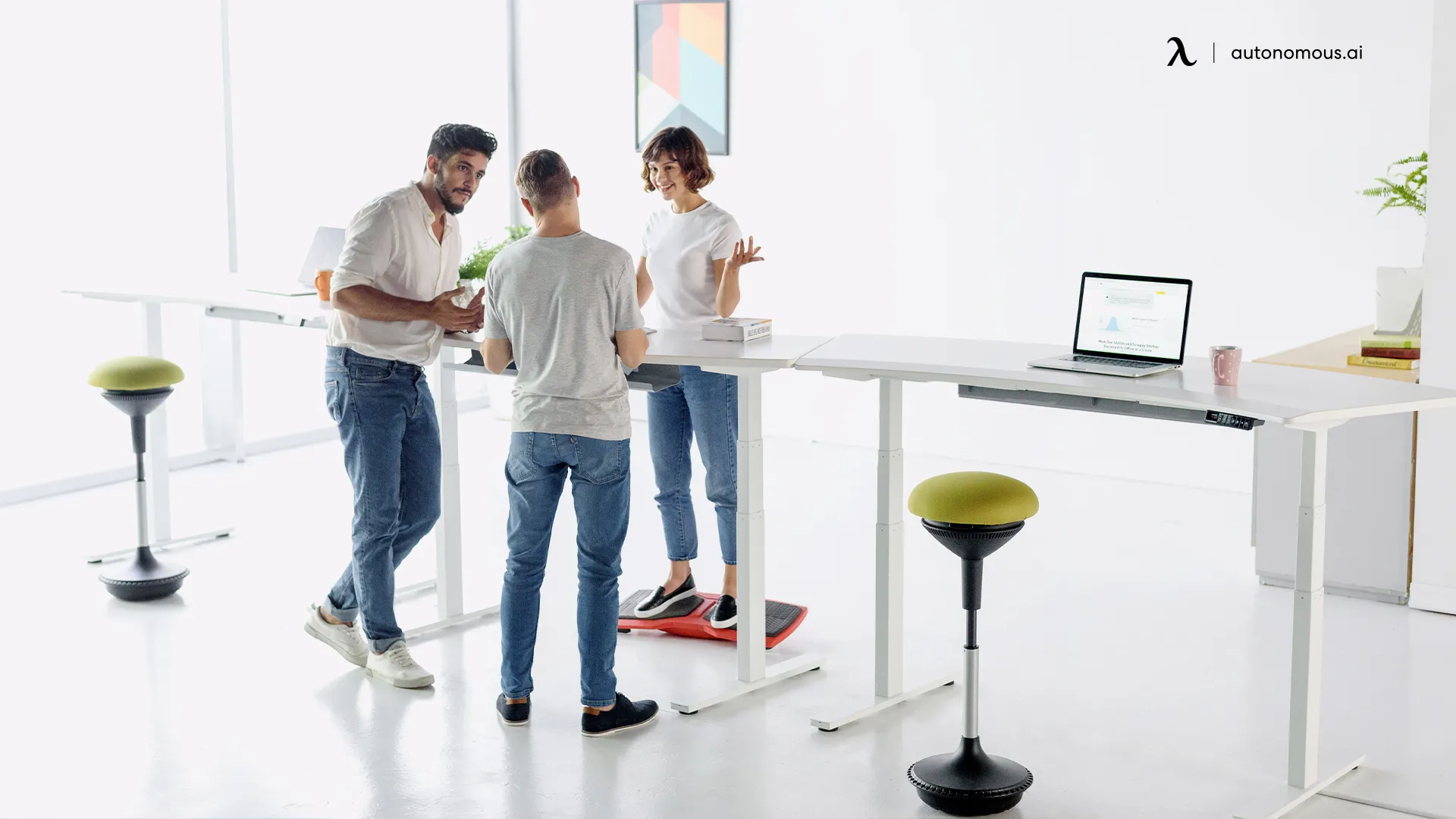
Walk to Work
Though it won’t work for everyone, it might be possible to bike or walk to work if you live close to your job. You may also drive but park further away to walk more often.
Those who take public transportation, such as the subway or bus, could get off one or two blocks sooner and walk. Just make sure you’re wearing the right shoes and have a helmet if you decide to ride a bike.
Take Breaks for Fitness
Being tied to a desk can be daunting for some, but you can give your body and mind a break. Going for a walk at lunchtime can be beneficial. Even walking up and down the hallway a few times can give you that mental and physical break you require.
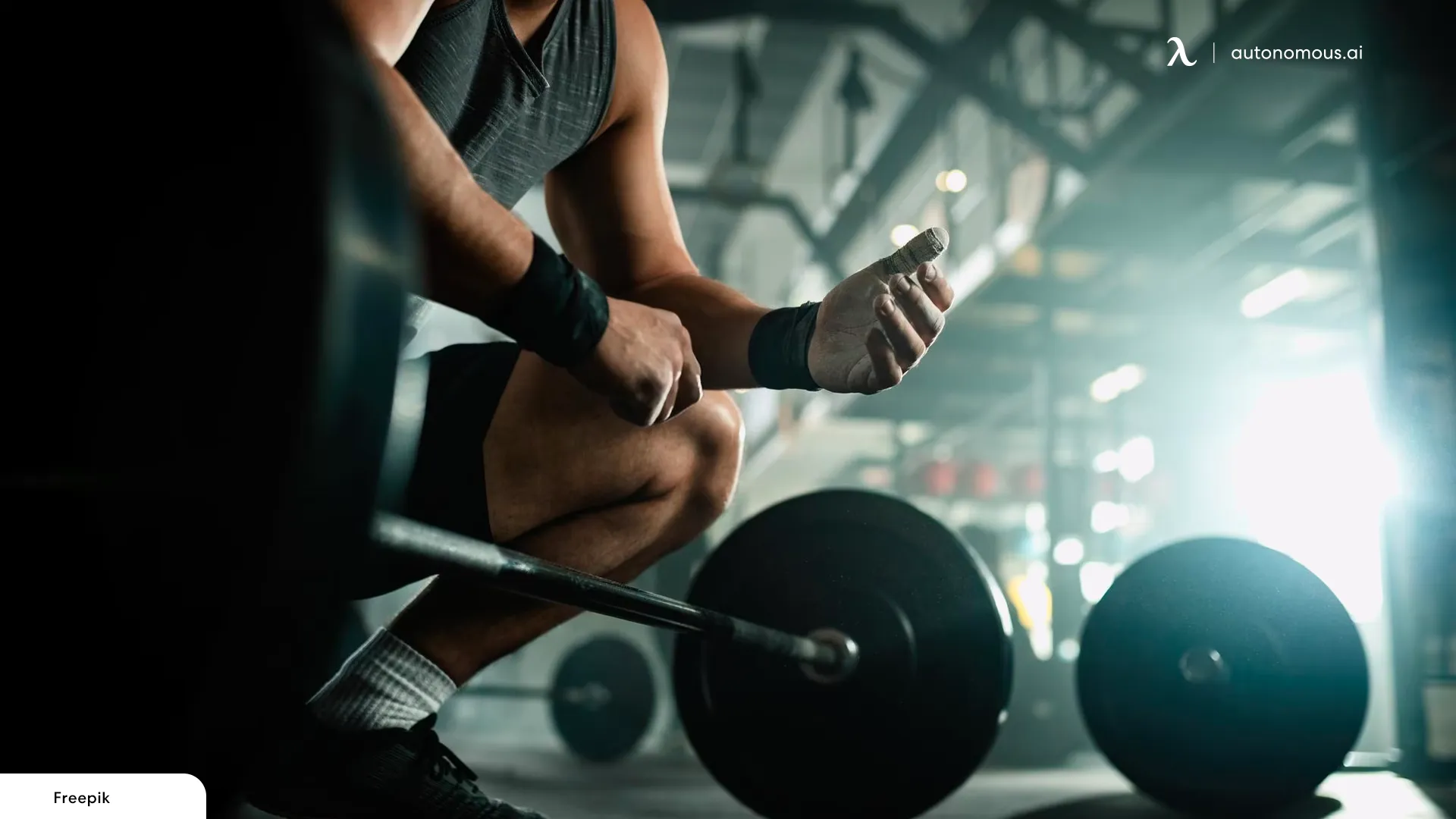
Bring Fitness Equipment to Work
Most people worry about carrying so much to work, but resistance bands and small hand weights could be beneficial. Plus, they’re easy to store in a desk drawer and will help you move more during the day. Think about doing a few reps between tasks or meetings.
You may want to get a locking filing cabinet if you don’t already have one. This will ensure no one can steal your equipment. Though you want to believe everyone is good and decent, workplace theft is becoming a serious problem.
Use Moving Meetings
Walking meetings can help everyone in the office move more. Though it might not work in some cases, many brainstorming sessions are short and sweet. Ask the group to walk with you. It might bring more productivity and ideas than you could ever have imagined.
Just Walk Faster
If your job requires you to walk a lot, make sure you do so as quickly as possible. Though it might not be wise to run because that could cause a panic, faster paces will help you reap the benefits and burn more calories.
Work out Beforehand
Many people find that they’re tired and ready to relax when they get off work. If you already have a workout planned (and you should), it’s wise to do it in the morning before you leave. You’ll have to wake up earlier, but it’s a great way to rise and shine, ensuring productivity for the rest of the day.
Exercise During Mindless Tasks
Everything you do doesn’t require tons of brainpower. Though you won’t burn a lot of calories by flexing and contracting your muscles (glutes, abs, thighs, pecs), it all adds up over time.
When you’re at your desk reading documents, perform seated calf raises and other small exercises to keep the muscles working!

Plan Trips After Work
If you’re like most people, you only want to go home and relax after work. However, you’re missing many chances to burn more calories! Plan to go grocery shopping after work and make it a race against time to see how quickly you can get through the aisles and back to your vehicle!
People who live in a large city could choose to walk to the store after they get home from work and change. Another option would be to run other errands or simply stop at the park and walk around. You don’t have to go at a quick pace if you’re slightly tired; a stroll will still get the blood moving and will help with digestion after you eat dinner.
Final Thoughts on Total vs. Active Calories!
Understanding that active calories vs. total calories are two different measurement types that can track your energy expenditure is crucial. The active calories are burned during any physical activity, but total calories include the resting and active calories. Both are necessary to help you manage your fitness goals and weight.
Likewise, you learned a few tips to help you get more active at work, and one of them is to purchase the best home standing desk. You’ll stand more often, which burns more calories than sitting! If you’re not quite ready to buy one, you can still go grocery shopping after work, wake up earlier to get your workout in, go for a walk at lunchtime, and much more.
The options are limitless! If you’re creative, you can burn more calories without even thinking about it. However, these tips can help you get those ideas and build on them!
Spread the word
.svg)









